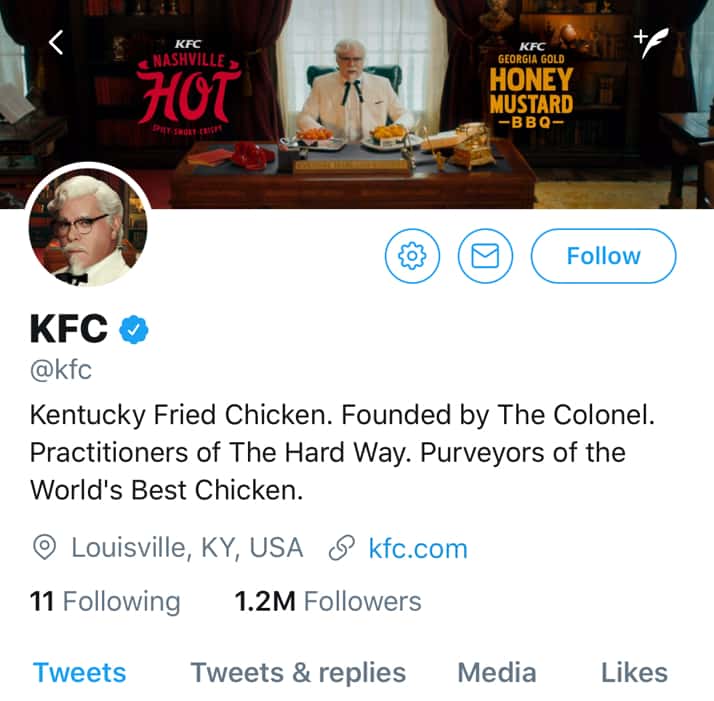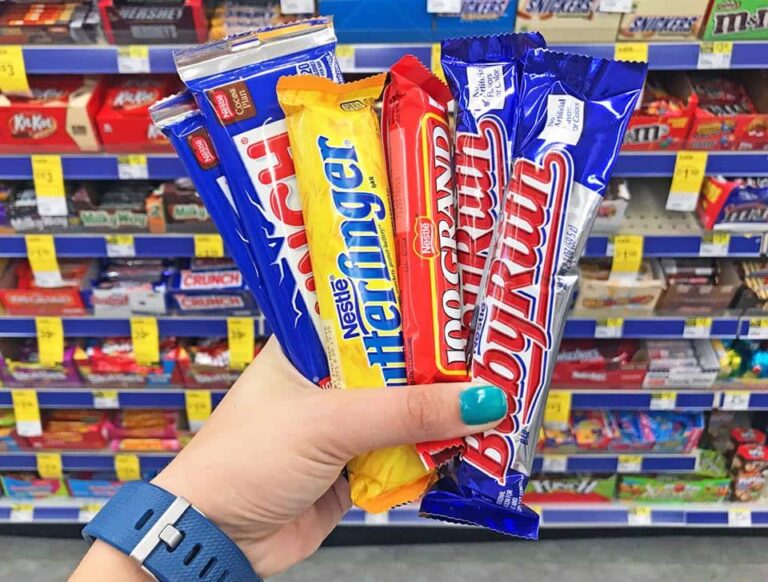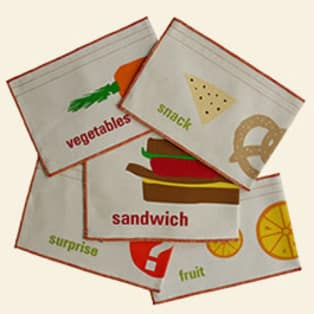French Schools Teach Kids How To Eat Instead Of Blaming Moms For Making Them Fat
 In France, a school day means that children will be sitting down to a healthy, three-course hot lunch. Schoolkids as young as three are expected to eat the same meals as adults, and lunch is treated like an important social occasion, too, not just a source of calories. Meanwhile, in hundreds of school districts across the United States that are dropping the federal school lunch program, students are going to be eating curly fries with a side of waffle fries. Students (and their parents) in France are lucky to have the social support needed to provide for teaching them about nutrition and healthy eating; here in the USA, on the other hand, our limited options see kids trying to make it through a school day on a pile of junk food. And then we’ll probably blame the kids’ parents for them being fat, too.
In France, a school day means that children will be sitting down to a healthy, three-course hot lunch. Schoolkids as young as three are expected to eat the same meals as adults, and lunch is treated like an important social occasion, too, not just a source of calories. Meanwhile, in hundreds of school districts across the United States that are dropping the federal school lunch program, students are going to be eating curly fries with a side of waffle fries. Students (and their parents) in France are lucky to have the social support needed to provide for teaching them about nutrition and healthy eating; here in the USA, on the other hand, our limited options see kids trying to make it through a school day on a pile of junk food. And then we’ll probably blame the kids’ parents for them being fat, too.
Discussions of French school lunch fare usually manage to squeeze in a bit of bragging about how the French have the lowest obesity rates in the OECD, but to me, what’s far more important than some prudish waist-measuring is the fact that students in France are learning how to eat and enjoy foods that aren’t deep-fried or smothered in cheese. Not that deep-fried, cheese-smothered foods can’t have any place in a kid’s diet (they certainly have one in mine), but teaching kids about enjoying treats in moderation is a pretty important lesson. Giving them an hour or two to slowly enjoy lunch and then have time to walk and chat with friends afterwards for a little exercise before getting back to class is also a huge part of the French system (and is a noticeable contrast to the 15 minutes of recess a lot of American students feel lucky to get).
American students, in contrast, are expected to get to the cafeteria, buy food, eat, and get back to class in 20 to 30 minutes. That’s probably not time to take a post-lunch stroll. If the school is on the federal lunch program, offerings are limited by rules about sodium, fat, and calorie content; which might mean limitations on flavor, too. A French-style meal of sauteed cauliflower in cheese doesn’t sound quite as appealing with low-sodium cheese and vegetable oil instead of butter.
Plus, American students, whose lunch options are often limited to begin with and who haven’t grown up with the expectation that they’re damn well going to eat the nutritious food that’s put in front of them, are likely to reject school lunches and hit vending machines instead. That’s another financial hit for school districts that have made food only to see it wind up in the garbage can. On the other hand, schools that have rejected the program aren’t as restricted in terms of flavors, which means they’re free to sell what students want to buy … which usually means fries, chips, pizza, hot dogs.
The childhood obesity crisis hits the news cycle every few weeks, but what are children expected to do when their most important meal of the day is either deep-fried or flavorless and their only chance for exercise is a walk to the cafeteria and back? Schools are in a bind, students want junk food instead of limp, soggy kale, and somehow the childhood obesity “crisis” is because moms and dads are lazy, terrible people. How about a little social support à la française, and we can save the moral panic about fat kids until after we have a system in place to teach them how to eat healthy, nutritious food?
(Image: Mike Flippo/Shutterstock)





